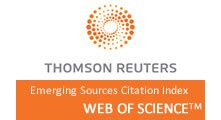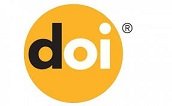From Conception to Curricula: The Role of Science, Technology, Engineering, and Mathematics in Integrated STEM Units
Abstract
The purpose of this qualitative study was to investigate the conceptions of integrated STEM education held by in-service science teachers through the use of Photo Elicitation Interviews (PEIs) and to examine how, if at all, those conceptions were reflected in teacher-created integrated STEM curricula that include an engineering design challenge. Our findings suggest that different conceptual models of integrated STEM held by teachers lead to different ways of creating, developing, and writing integrated STEM curricula. Additionally, we found that the use of a STEM integration framework and a Framework for Quality K-12 Engineering Education, which guided the NSF-funded project and contextualized this study, were also reflected in the teacher-created curricula. While the process of developing the curricula was not examined, our findings indicate that teacher conceptions of integrated STEM and the frameworks that guided the curriculum development process play a significant role in what teachers decide to include and emphasize in units they create.
Full Text:
PDFReferences
Ring-Whalen. E., Dare, E., Roehrig, G., Titu P., Crotty, E. (2018). From conception to curricula: The role of science, technology, engineering, and mathematics in integrated STEM units. International Journal of Education in Mathematics, Science and Technology (IJEMST), 6(4), 343-362. DOI: 10.18404/ijemst.440338
Refbacks
- There are currently no refbacks.
Copyright (c) 2018 International Journal of Education in Mathematics, Science and Technology








This work is licensed under a Creative Commons Attribution-NonCommercial-ShareAlike 4.0 International License.
ISSN: 2147-611X (Online)
